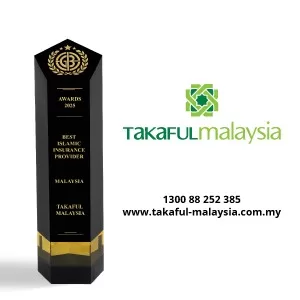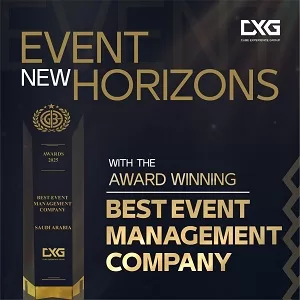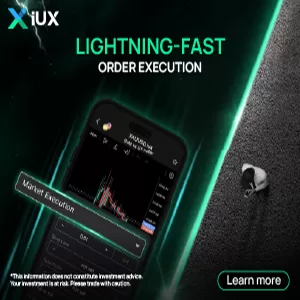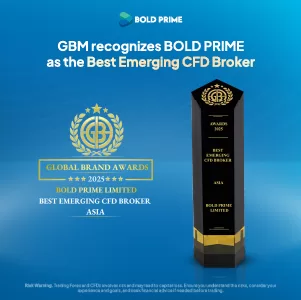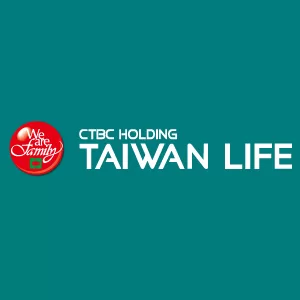Lifestyle
The Rise of Catalyst Brands: JCPenney’s Merger for a Stronger Mall Future
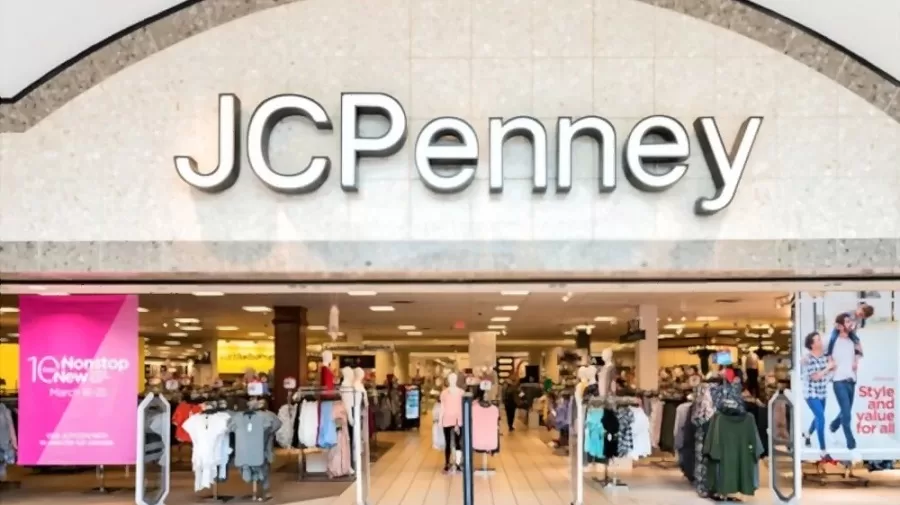
- JCPenney renewed its dormant retail wing by merging with Sparc Group to create the Catalyst Brands.
- Tailoring the ideal experiences for customers when they shop is another area of focus for the business.
- With backing from Simon Property Company and Brookfield Asset Management, it looks to completely transform mall shopping.
In a big move to pump life into America’s malls, JCPenney has merged with Sparc Group, which is the owner of classic brands like Forever 21, Brooks Brothers, and Lucky Brand. The newly formed enterprise, Catalyst Brands, is forced to cluster names in the retail industry that have the potential to redefine shopping for consumers across the nation.
Simon Property Group and Brookfield—two of the largest mall owners in the US—have bet on JCPenney and Sparc Group using financial resources that have now come together in this merger. The investment is aimed at injecting life into, stabilising, and revitalising some brands that may have had financial downfalls, including those that went through bankruptcy.
A large opportunity arises to bring new life into their properties because of the business merger between JCPenney, which was founded 123 years ago, and bankruptcy amid the havoc created by the COVID-19 pandemic reached its peak in 2020 and was purchased by Simon Property Group and Brookfield at $1.75 billion. Now, the anchor brand for Catalyst, JCPenney, is being promoted to breathe life into the locations of its malls.
Sensing a potential market opportunity, Simon and Authentic Investments have agreed to bid for JCPenney, combining the expertise of the two companies in turning around struggling brands. Both companies are very much used to handling failing retail companies, so they see JCPenney as a truly untapped gold mine. It’s rare for both to pool resources with a common name, but they’ve done so in such cases as this. Together, Catalyst Brands may now be able to proudly boast $9 billion in annual revenue from over 1,800 stores and a workforce of 60,000 employed people. This would put the new entity in a very strong position in the retail industry.
This move has not come as a surprise to analysts, like Neil Saunders from GlobalData Retail; rather, it’s quite common to most of them. However, analysts expect that this merger will indeed merge JCPenney with the likes of Lucky Brand, Eddie Bauer, and Nautica. This will greatly streamline operations and make them more efficient in reaching the vast potential of these great brands, which have influenced fashion so much in the past.
Through Catalyst Brands, the company would seek to make an operation run more efficiently through a combination of cost-saving measures, cross-marketing initiatives, and pooling of talent across its diverse brands. In that way, the company could eventually start behaving much less than before but providing, at the same time, far more exciting shopper experiences. Helping recreate the brands of the future that will bolster the company’s future growth strategy in the face of the present challenging situation being faced by physical retail stores and, consequently, the greater mall environment.
The merger also allows for a more personable shopping experience for consumers from combining firms. The merged Catalyst Brands also has a rich data system that records and stores information on over 60 million customers, helping in making communications tailored to customers using the insights derived from the wealth and depth of that client base in many areas of personal marketing. It aims to enhance customer engagement and loyalty through combined loyalty programs, and the addition of some credit card options is anticipated to drive repeat visits to their physical as well as online stores.
Marc Rosen, who leads Catalyst Brands after the merger, has all optimistic feelings towards the future of the company by alluding to its distinct feature of ever-matching nostalgia with the modern order of branded items. The mere idea that Catalyst is facilitated with an evidence base that contributes to an invigorated retailing approach is traditionally founded in data and the crafting of a more individual shopping experience for the changing face of the consumer.
The move also indicates an identification of changing trends in the American mall over the following years. Catalyst Brands owns 1,800 stores nationwide, which is the capacity for particular industry leadership in the restructuring of retail. Keeping up with rapid losses in foot traffic and chain turnover, especially of note, retail precinct closures and J.C. Penny, as well as much-needed stability for its associated brands; Catalyst is marketing itself well as a major player in what will become a future mall culture attuned to the traditional aspects of shopping with the benefits of modern technology.
All in all, this potential acquisition could eventually be very beneficial to the US mall industry by revamping the in-store shopping experience and onboarding and revitalising some widely known brands. In this way, the company could build a future lead that would mould the retail future.



